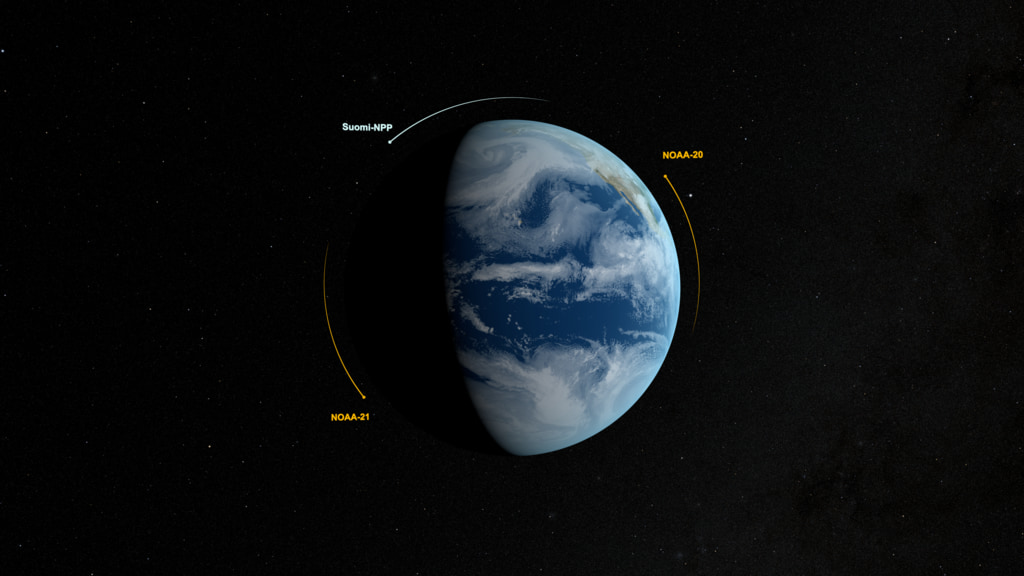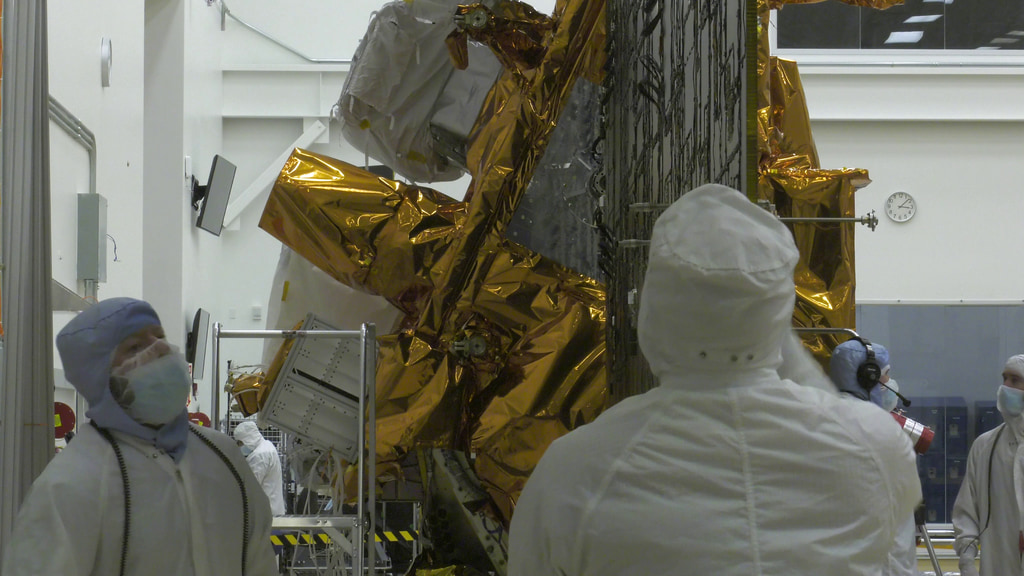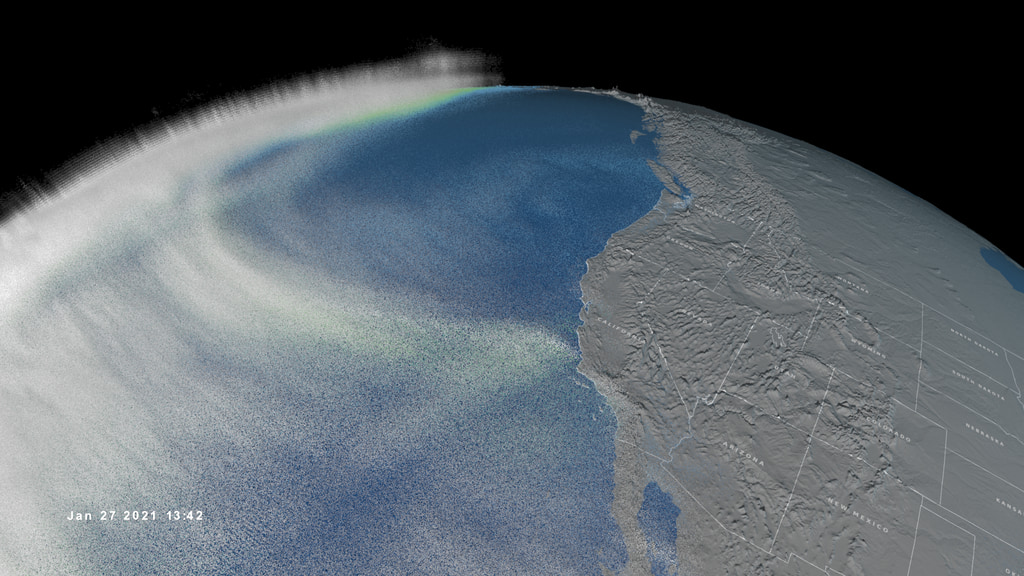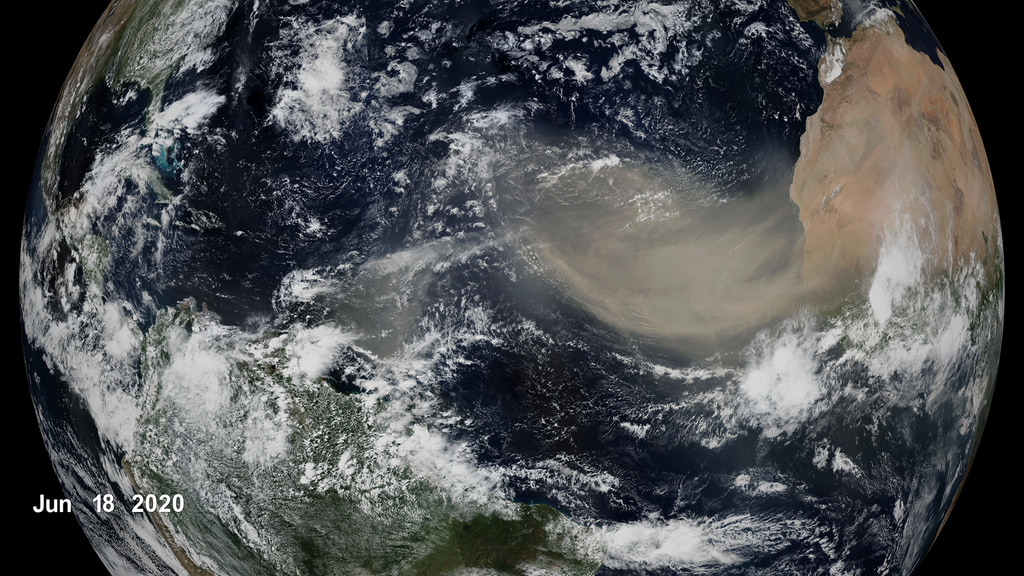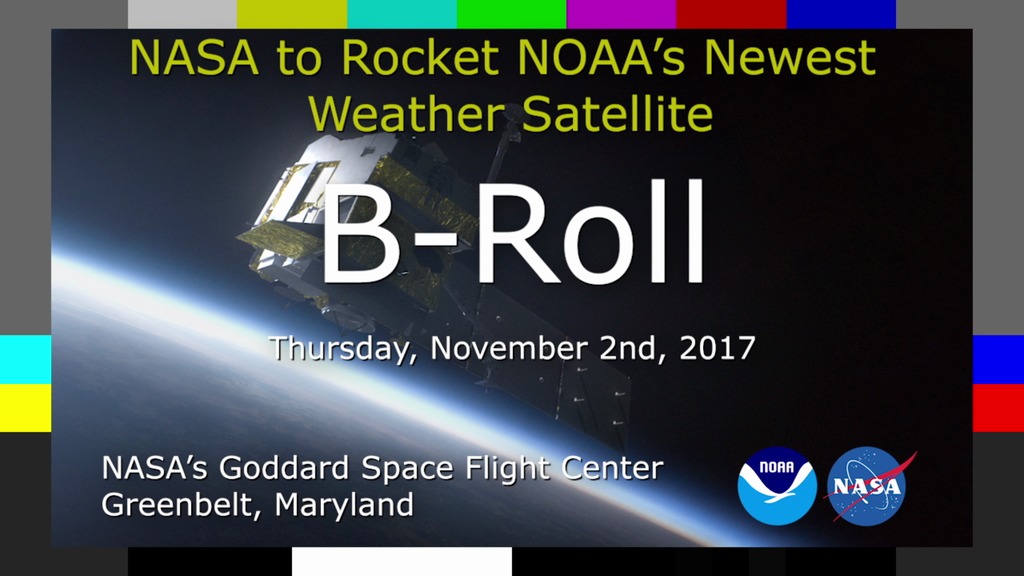NOAA and NASA Continue Mission to Monitor Extreme Weather and EnhanceForecasts with JPSS-2 Launching Nov. 1 Live Shots

Associated cut b-roll and pre-recorded interview will be added on Friday, Oct 28th by 4:00 p.m. ET
The impacts of extreme weather can be felt all around the planet, from hurricanes to wildfires and everything in between. Meteorologists bring us invaluable information about weather, and make life-saving predictions using data from NOAA satellites. On Nov. 1, NASA is scheduled to launch NOAA’s JPSS-2, the third of a series of vital Earth-observing satellites that will gather data and help protect lives and property. JPSS-2 will orbit the globe 14 times a day, passing over every single spot on Earth at least twice daily, taking measurements and snapping images that feed our daily weather forecasts, help us plan for severe weather and track global climate change.
JPSS satellites map and monitor wildfires and volcanoes. They measure what’s going on inside of tropical cyclones. They tell us about extreme heat, drought and crop health. And they track harmful algal blooms and sea ice in our oceans. The satellites also measure the dust, smoke and smog that travels the globe and impacts the air we breathe. The data from these satellites are not only used by meteorologists- they’re also used by pilots, first responders, football coaches, and anyone who logs onto a smartphone app to check the weather!
For more information about JPSS visit: https://www.nesdis.noaa.gov/next-generation/jpss-2-launch
Live interviews will be offered on Monday, Oct. 31 from 6:00 a.m.- 1:00 p.m. EASTERN Time
Click here to request an interview: https://forms.gle/yf4XXUFSGaZSetxR8
Form will close at 12:00 p.m. ET on Friday, Oct. 28
Requests sent via the above form will have scheduling priority. Please do not email requests.
Suggested Anchor Intro:
Whether you’re looking at our weather forecast here or on your phone, chances are you’re using data from a system of satellites called JPSS. Today/Tomorrow/Tonight NASA is launching NOAA’s latest installment of the series, called JPSS-2. This satellite is going to bring data that will help meteorologists make life-saving predictions even days in advance. Here to tell us more about it is NOAA expert XX.
Suggested Questions:
Tomorrow is an exciting day - NASA is launching NOAA’s newest extreme weather observing satellite. Can you tell us more about this mission?
How do JPSS satellites help better predict severe weather and provide more accurate forecasts?
Florida is still reeling from the recent impact of Hurricane Ian. Can you talk about how NOAA satellites monitored the storm and helped emergency managers prepare?
How is data from JPSS helping us better understand how the climate is changing?
Where can our viewers go to learn more about JPSS?
Questions for longer interviews:
I understand that an inflatable heat shield will be hitching a ride into space during this launch to test a new technology. Can you tell us more about this demonstration and what NASA is hoping to learn from this test?
How does JPSS-2 differ from other weather satellites like GOES?
How will this new satellite work with other satellites in the Earth-observing fleet?
JPSS will orbit the Earth from pole to pole at just over 500 miles above the surface, that’s pretty close as far as satellites go. Why is this type of orbit used?
Do you have feedback for the Live Shot Program or want to be removed from our contact list? We would love to hear from you HERE!
For More Information
Credits
Please give credit for this item to:
NASA's Goddard Space Flight Center
-
Producers
- Michelle Handleman (KBR Wyle Services, LLC)
- Jessica Sansarran (NASA)
- Christina Brooke Mitchell (KBR Wyle Services, LLC)
- Pedro Cota (ADNET Systems, Inc.)
- Maria-Jose Vinas Garcia (Telophase)
- Noelia Gonzalez Moreira (ADNET Systems, Inc.)
- Michael Starobin (KBR Wyle Services, LLC)
-
Technical support
- Aaron E. Lepsch (ADNET Systems, Inc.)
-
Editor
- Jefferson Beck (KBR Wyle Services, LLC)
Release date
This page was originally published on Thursday, October 20, 2022.
This page was last updated on Wednesday, May 3, 2023 at 11:43 AM EDT.
